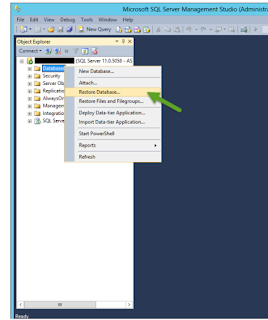The Microsoft Dynamics CRM Performance Center
is a fantastic addition to CRM which can help you troubleshoot performance
issue related to loading forms in CRM.
The Performance Center is available in CRM
Online and CRM OnPremise 2013 SP1 or higher. The performance center doesn’t
seem to work in Chrome (the browser closes with the key combination), but IE 8+
works fine.
To enable the Performance Center:
1.
Open a form that you
want to benchmark
2.
Hit Ctrl+Shift+Q to open
the Performance Center window
3.
Click ‘Enable’ to start
logging, and then ‘Close’
4.
Refresh the form and
open the performance center again
5.
Verify the benchmarks
are now loaded
6.
Click ‘Select Major’ to
get a summary of milestones
7.When you’re done with the
Performance Center, make sure to click ‘Disable’ to stop the logging, so you
aren’t adding additional overhead.





















